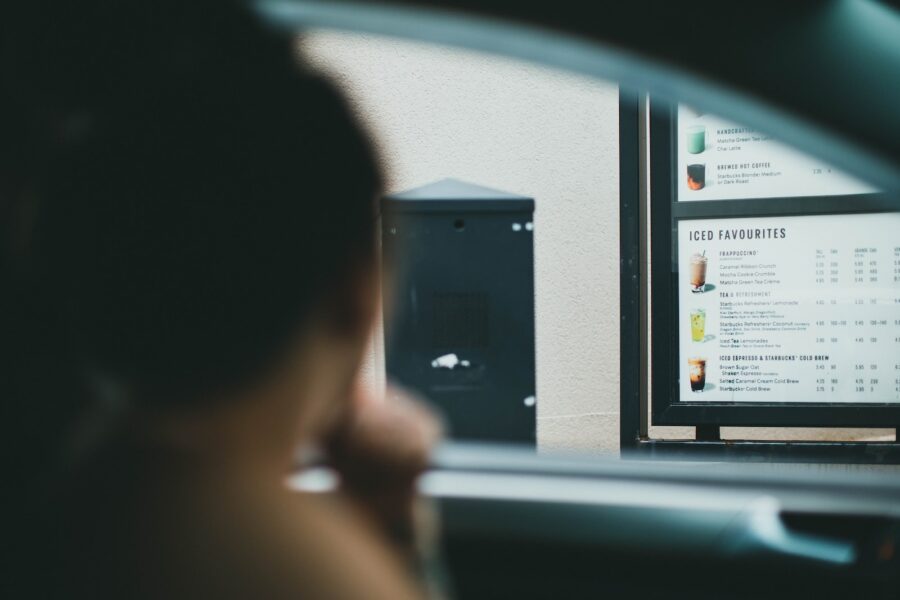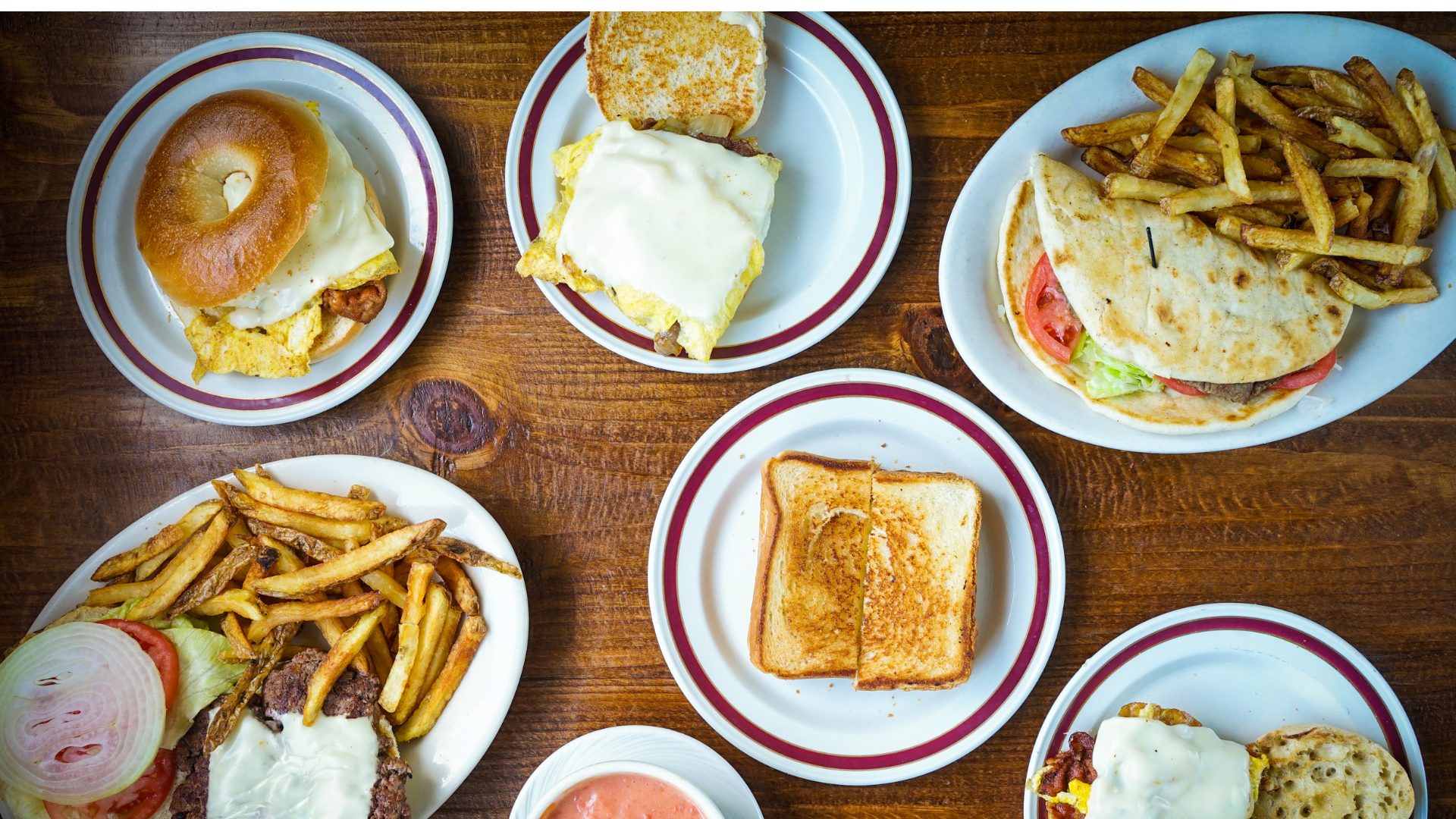Much like remote working and zoom conferencing, long waits at the drive-thru line are a pandemic vestige that just won’t go away. And that’s causing line balk among consumers.
As COVID-19 took hold in the U.S. and efforts were made to minimize viral spread while keeping restaurants open, the beloved drive-thru window got its renaissance. Once a convenient service alternative quickly became one of the only options restaurants had to serve safely and efficiently.
Of course, the unintended consequence of that was painfully long lines of cars inching their way through parking lots and streets.
As time has passed and the threat of infection has reduced, this pandemic-era habit is proving hard to break. Long lines around fast-food restaurants continue to be a common sight at peak hours, raising the question about the practicality of the drive-thru and how it can be improved.
Executives for restaurant chains like Starbucks and Chick-fil-A have acknowledged the issues caused by daunting drive-thru lines and how it negatively impacts sales, according to Business Insider.
OTHER ISSUES AT PLAY
During a rush, seeing the long line of cars is enough to drive dozens of potential customers away. The phenomenon, sometimes referred to as “line balk,” has been a lingering hurdle for restaurants to clear in a more post-pandemic economy.
COVID-19 didn’t create the issue of the long drive-thru, but it did exacerbate it. While it’s true many consumers grew far too comfortable with not leaving their cars to pick up food during 2020, other factors have led to a more nuanced problem.
It goes without saying the fast-food industry, and restaurants in general, continue to struggle with retaining staff. Many businesses simply don’t have the man-power to accommodate the high demand for drive-thru service. Having inexperienced staff also leads to longer wait times.
The fact that fast-food restaurants have largely reopened their dining areas recently didn’t necessarily solve the issue, it just got more complicated. Faced with labor shortages and evolving consumer demands, the fast-food industry has had to re-evaluate and reprioritize its approach to service.
Throughout the pandemic, not only did the drive-thru see an uptick, mobile pickup orders and third-party delivery services also saw an increase in demand. Restaurants have had to focus more effort toward fulfilling these orders, sometimes at the expense of their in-house patrons.
According to a CNN report, that leads to the perception in many consumers that ordering at the counter is simply always going to be the slowest option. In some cases, this becomes a self-fulfilling prophecy as restaurants must delegate resources to wherever will yield the most profit: the drive-thru and online orders.
The issue raises larger questions about how restaurants can adapt.
While the lunch rush is great for sales, an influx of cars in such a limited space creates a logistical nightmare for these businesses and their neighbors.
RECENT SOLUTIONS
Some major franchises have already adopted multiple drive-thru lanes or having staff take orders out on a mobile device; anything that helps make the lines more speedy and efficient. Still, with so many drivers bogging down the lines, restaurant companies are exploring other alternatives to take some of the pressure off the drive-thru staff.
Ordering for pickup via an in-house mobile app has seen a gradual rise in usage, plus it can help build customer loyalty. Places like Chipotle and Panera Bread utilize this practice, and fast food has been taking the same approach to help the drive-thru.
Some companies are even turning to AI technology to help with the ordering process. Last year, Kentucky Fried Chicken introduced a “Quick Pick-Up” option for customers to order ahead and have assigned parking spots for mobile orders, according to CNN, and McDonald’s has already begun testing automated order-taking systems.
How effective some of these changes will be remains to be seen, nevertheless, companies have a large task at hand of balancing their operating logistics with the promised convenience of the drive-thru experience












